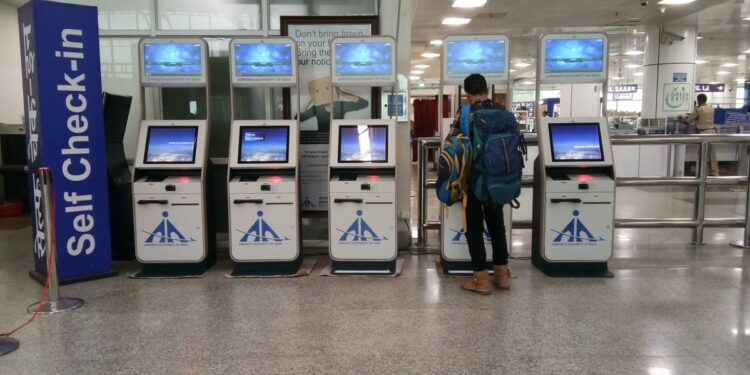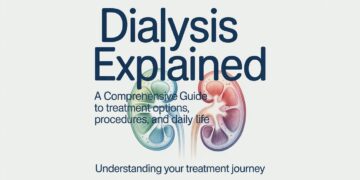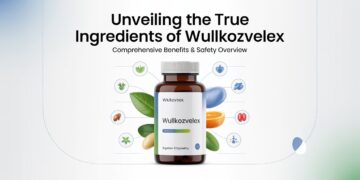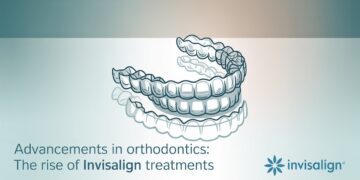Patient self-check-in kiosks improve the patient experience while creating greater workflow efficiency for staff. They also help connect established patients to new ones.
The chief financial officer says their kiosks have improved employee satisfaction in both locations. They’ve also reduced wait times and boosted insurance processing accuracy.
Streamlined Check-In Process
Streamlining the patient check-in process is an effective way to reduce wait times and improve patient satisfaction. A patient self check-in kiosk provides a simple, user-friendly method of signing in and completing their medical paperwork. This allows staff to spend more time with patients who require additional assistance.
The kiosk’s predefined processes also minimize the potential for error. For example, an automated workflow can monitor the patient’s appointment status, send reminders, and ensure all paperwork is current. Furthermore, the Kiosk integrates with existing EHR systems to reduce the risk of missed patient data.
This helps eliminate the need for patients to return to the clinic in person. In turn, this decreases the time patients spend waiting in a reception area and increases the number of people the clinic can see daily.
Consumers are comfortable with digital experiences and want more of them. Research shows that 80 percent of consumers are interested in non-traditional checkout options. Kiosks enable hotels to provide the personalized and convenient experience customers crave.
In addition, hotel self-check-in kiosks help reduce the amount of manual paperwork that needs to be processed by employees. This saves the front desk valuable resources and reduces the likelihood of error. It also frees up front desk staff to spend more time assisting other guests or answering questions.
Reduced Error Rates
When it comes to patient check-ins, a single mistake can be costly. Mistakes can wreak havoc on your practice, whether you’re dealing with a typo or a missing piece of information. But with self-check-in kiosks, the error rate is drastically reduced. This is because customers input their data through the booth, so there’s less chance of errors from miscommunication.
Moreover, kiosks can help to reduce costs. Booths save practices on printing and paper costs. They also eliminate the need for staff members to fill out and distribute paper forms manually. This saves time and resources, and it prevents human error.
Healthcare kiosks can also help to reduce billing and collections expenses. The best healthcare kiosks can automatically check insurance and personal information, ensuring patients pay their copays on time. This significantly reduces the risk of claim denials.
As such, healthcare kiosks can significantly improve front and back office operations by streamlining and automating manual processes. This, in turn, helps to alleviate pressures on the workforce and enhance the patient experience.
Streamlined Check-Out Process
A well-designed patient self-check-in kiosk can reduce the number of people a front desk employee must assist with registering patients and speed up processing new appointments. When used correctly, this technology can free up employees to greet patients and answer questions, which creates a more positive experience for everyone involved in the healthcare process.
Kiosk technology can verify identity with integrated biometric scanning, present demographic information, indicate whether there is a co-pay, and accept payment for that amount, and it can even enter the co-pay into the practice management system (EMR) automatically to avoid having staff members manually update this data at the front desk. It can also auto-check insurance eligibility, saving practice time and reducing claim denials by helping staff members avoid sending uncompensated bills to patients.
Aside from reducing paperwork and other administrative tasks, patient check-in kiosks can improve the overall patient experience by giving patients a more modern aesthetic in your medical office. A sleek, attractive interface that features the latest technologies makes a great first impression on patients and can help you attract more new patients. Additionally, since kiosks offer a secure way for patients to verify their personal information, they can safeguard the privacy of PHI. This helps medical practices comply with patient confidentiality laws. For these reasons and others, the market for healthcare kiosks is expected to grow at an 18% CAGR through 2027, according to a Transparency Market Research (TMR) report.
Increased Patient Satisfaction
While some hoteliers fear that self-service will diminish the personal touch of hospitality, many travelers value this technology’s freedom and independence. This is particularly true for those whose travels involve lengthy wait times.
When staff is freed from transactional duties, they can focus on providing customers with a superior experience. In a restaurant, this could mean delivering high-quality food and drinks promptly. At hotels, it might mean offering advice on local attractions, booking tours or extra activities, or simply chatting with guests to make them feel welcome and comfortable.
Kiosks linked to the property management system (PMS) can also collect a vast amount of valuable data from guests, such as their room preferences and unique requirements. This can then be used to create bespoke promotional emails targeted at specific customer groups, increasing the chances of conversions and building brand loyalty.
In addition, kiosks are an effective method of reducing or eliminating queues at the front desk. During check-in, customers input their information into the machine, significantly reducing the chance of mistakes in human operators’ hands.
Read more interesting articles on Tech new master


















